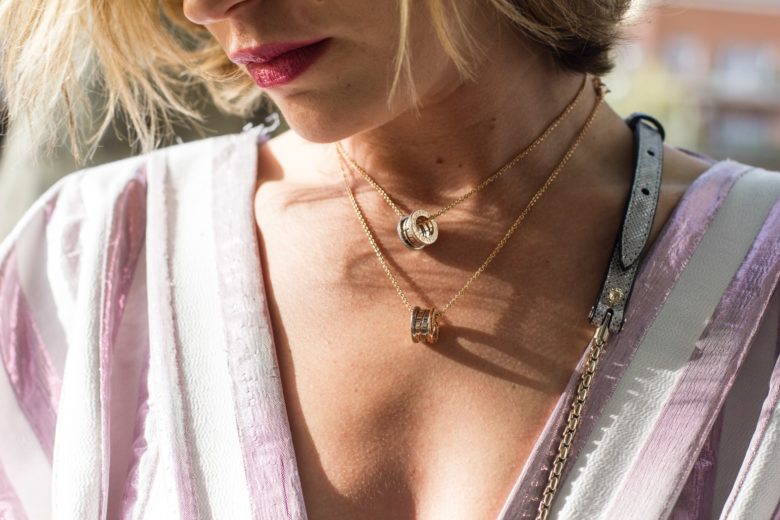
The 5 Biggest Mistakes When Buying Jewelry
There is such a thing as wasting money on a lavish piece of jewelry. Some people will proudly state that buying gold, silver, gemstones, or diamonds is the opposite of a smart investment. But is it really? The answer is: it depends.
However expensive, not all pieces look beautiful. Not all of them are wearable—at least not for the person, you’re trying so hard to impress. So yes, it could be a waste of time and money if you can’t get a great reaction from your partner. Otherwise, the stars in their eyes will be well worth the price.
The trouble is, first-time customers aren’t the only ones who get chills the moment they walk into a luxurious store. Not to worry—in this article, we’ll walk through the biggest, most common mistakes when buying jewelry. The good news is that they’re all avoidable.
1. Not Checking Jewelry Size
Necklaces come in different sizes, and so do necks. Certain types of earrings compliment certain face shapes and look ridiculously large on others. The same goes for bracelets and different wrist sizes.
This is a moment where it pays to be knowledgeable about how large your partner likes their accessories to look. Go through their jewelry box, if you must, and take a look at what dominates. Sure, you won’t want to get something that looks exactly like what you’ll see there, but doing this exercise will support your choice based on the right size.
Here’s a pro-tip: if you’re shopping for a ring, swipe one from their box. Do it, and take it to the store to have it measured. This way, it’s impossible to go wrong.
2. Being Swayed By the Store Clerk
It’s easy to fall prey to misinformation and pressure when you rely on a stranger’s opinion. It’s not that the person working in the store isn’t a professional. They just don’t know your partner’s particular tastes and will ask you to describe them. In case you don’t, they’ll still do their job, which is to sell.
You can bet that salespeople and their glassy smiles will try to make sure you walk out with something, even if that requires an uncomfortable amount of coaxing. Be polite, but don’t fall for that. Instead, walk in while knowing exactly what you’ll be coming out with, which leads us into…
3. Walking in Without a Product in Mind
Stud earrings? Hoop earrings? Drop earrings? The number of available options is enough to make any layman go crazy. A few quick Google searches are enough to help you understand the different types of models there are. Again, doing some jewelry box investigation is a great starting point.
The bottom line is to never walk into a store without something in mind. You’ll run the risk of making a bad decision, and even being upsold, if you’re too nice.
4. Dismissing the Sustainability Factor
Most people have no idea if the earring or necklace they’re buying is sustainable. They either don’t know, or they don’t care.
You should know that industrial mining can have several harmful effects on the environment. With that in mind, your aim should be to only choose companies that are openly committed to sustainable development above ensuring benefits to stakeholders.
Alamos Gold in Turkey is a great example. It produces close to 430,000 ounces of gold annually while providing the highest level of sustainability beyond its mines. Here’s what CEO John McCluskey has to say:
“We embrace the principles of sustainable development in all aspects of our business. Sustainability for us encompasses excellence in health and safety, environmental management, community engagement, security, and human rights.”
If you’re serious about not contributing to environmental harm, don’t hesitate to dive deeper into a company’s operations, as you could be supporting unsustainable companies without knowing it.
5. Not Knowing Your Gemstones and Metals
What’s the difference between sterling silver and regular silver? The difference between a ruby and a sapphire is only in the color, right? There are too many questions, and not knowing the answers to them could harm both your purchase and your pocket. “How so?” you may ask.
Imagine paying $1,000 for a multi-stone white gold ruby ring, knowing you could’ve paid $800 for its sapphire counterpart. After the surprise, you learn your partner would’ve preferred the latter. That’s $200 down the drain. This is just a reminder not to be impulsive and do your research.
Remember: some people take their jewelry seriously. If your partner is one of them, your purchase should be an educated one. Therefore, make it worth your time, and accept the inevitable anxiety. If you do the work, their reaction will be priceless.
